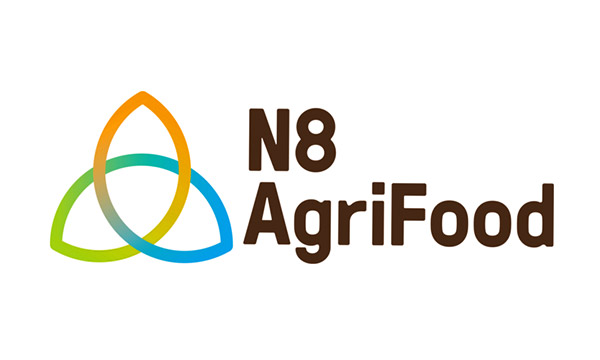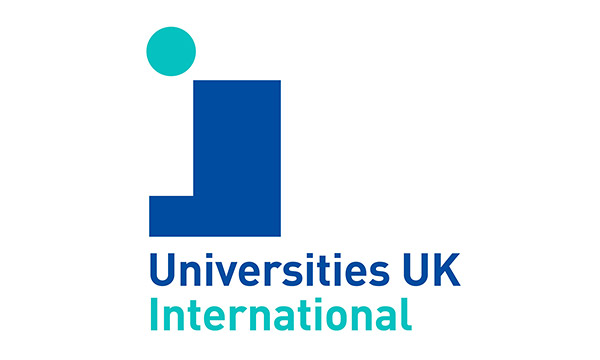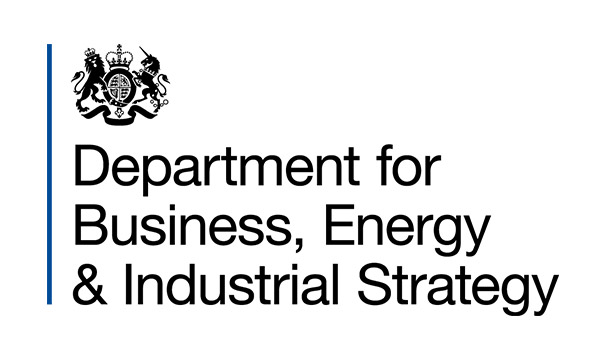Floods and drought are serious problems for both UK and Argentina’s agricultural sectors that cause damage to infrastructure, cities and the economy as a whole. Collaboration with Argentina can contribute to deliver the UK’s ambitions for economic development and a secure food supply system since Argentina produces food commodities that the UK imports currently under EU trade agreements. The Argentine agricultural sector needs to keep up-to-date with technology in production, adding value to produce, and increasing agricultural resilience. With financial support from the Rutherford Fund for Strategic Partner Grants, Lancaster University and the Argentine National Scientific and Technical Research Council (CONICET) are building a long-term partnership under the theme Innovations in Food Security.
The aim of this partnership is to design technological and business solutions to manage the excess and scarcity of water and the impacts on agricultural resilience. Six fellows will work with researchers from Lancaster University and with UK businesses to co-develop:
- digital tools and monitoring systems
- adaptation options
- business cases to adopt technological solutions.
This interaction will create the right environment for innovation to address a complex problem requiring multi-scaled solutions. Outputs from this programme will be beneficial for both institutions and will further future agreements to continue to exchange researchers.












